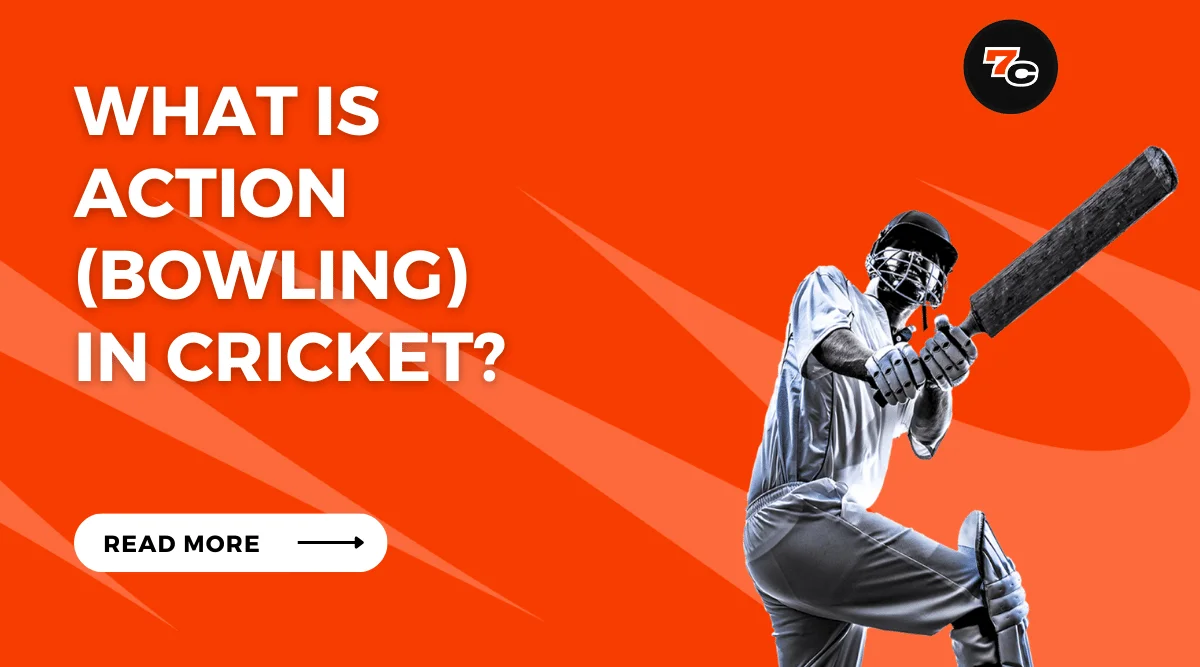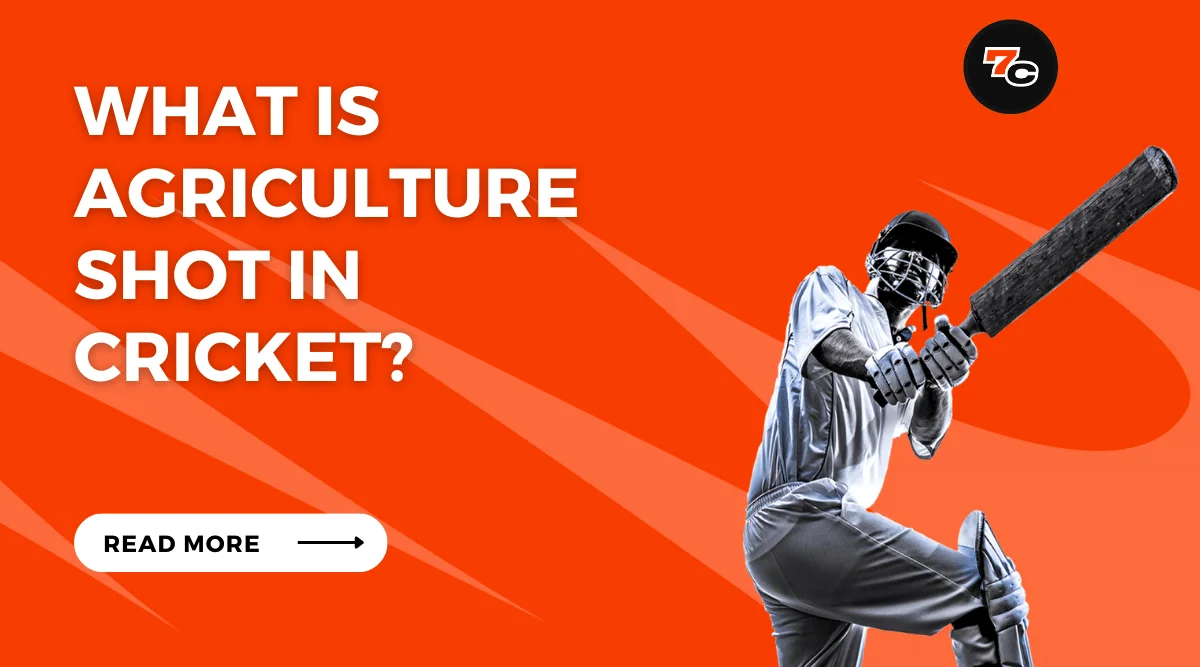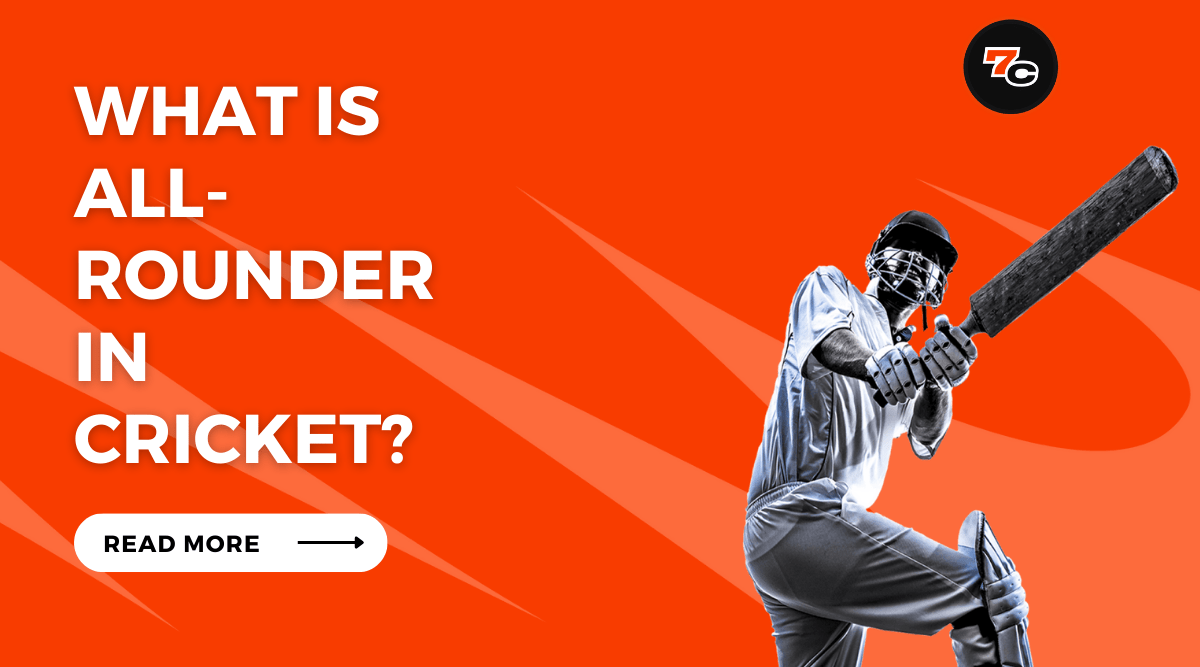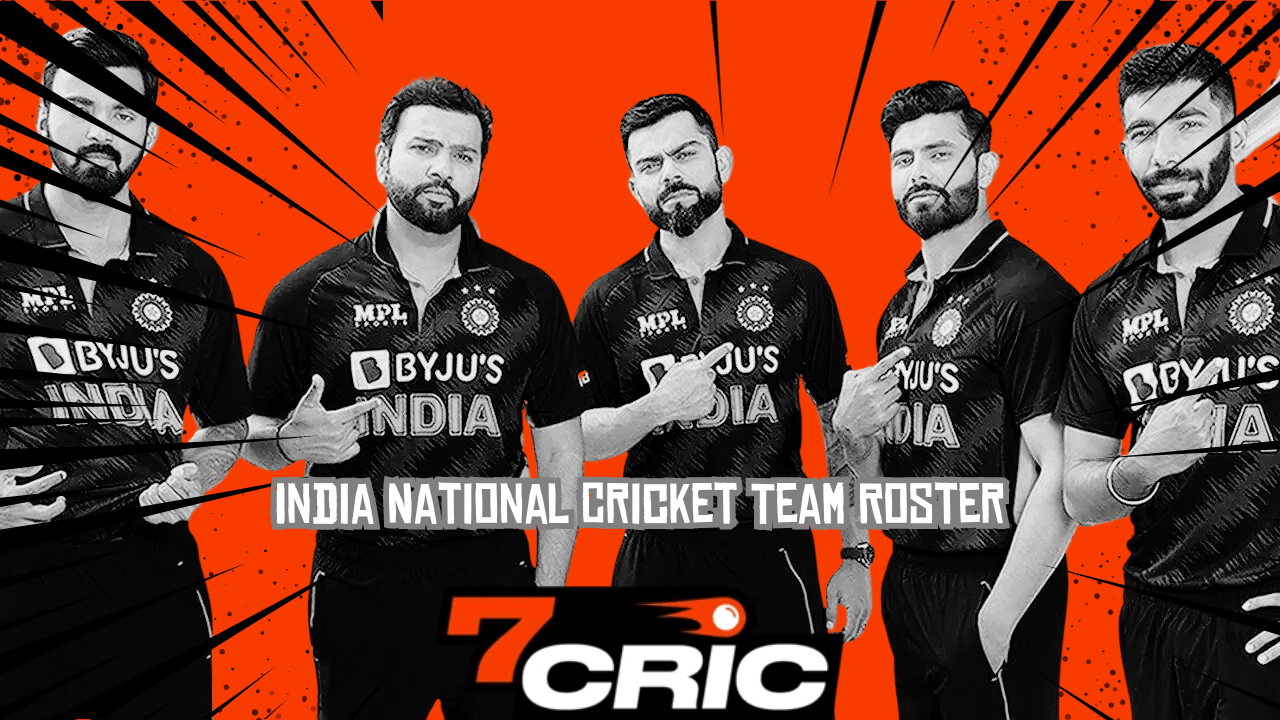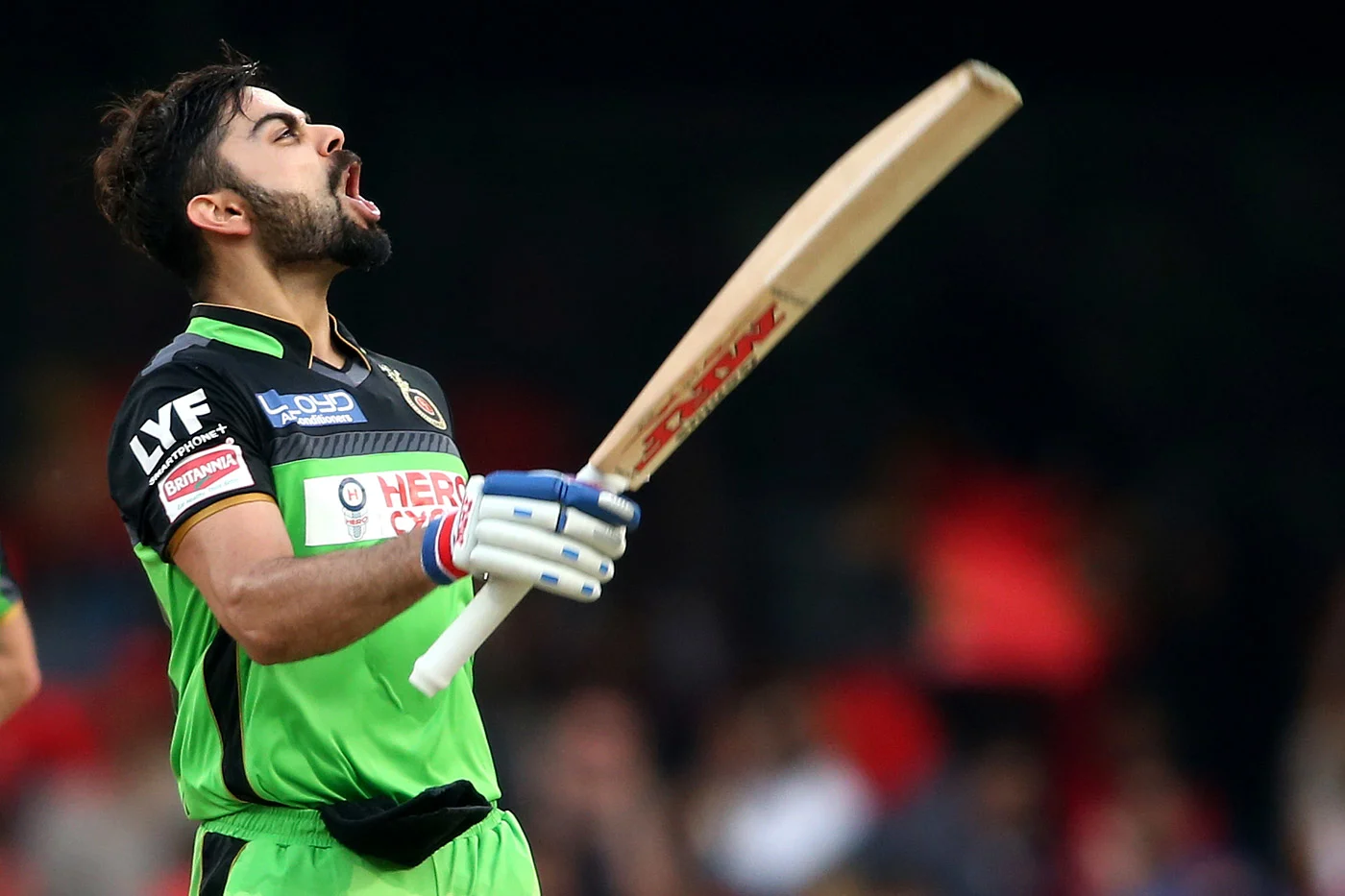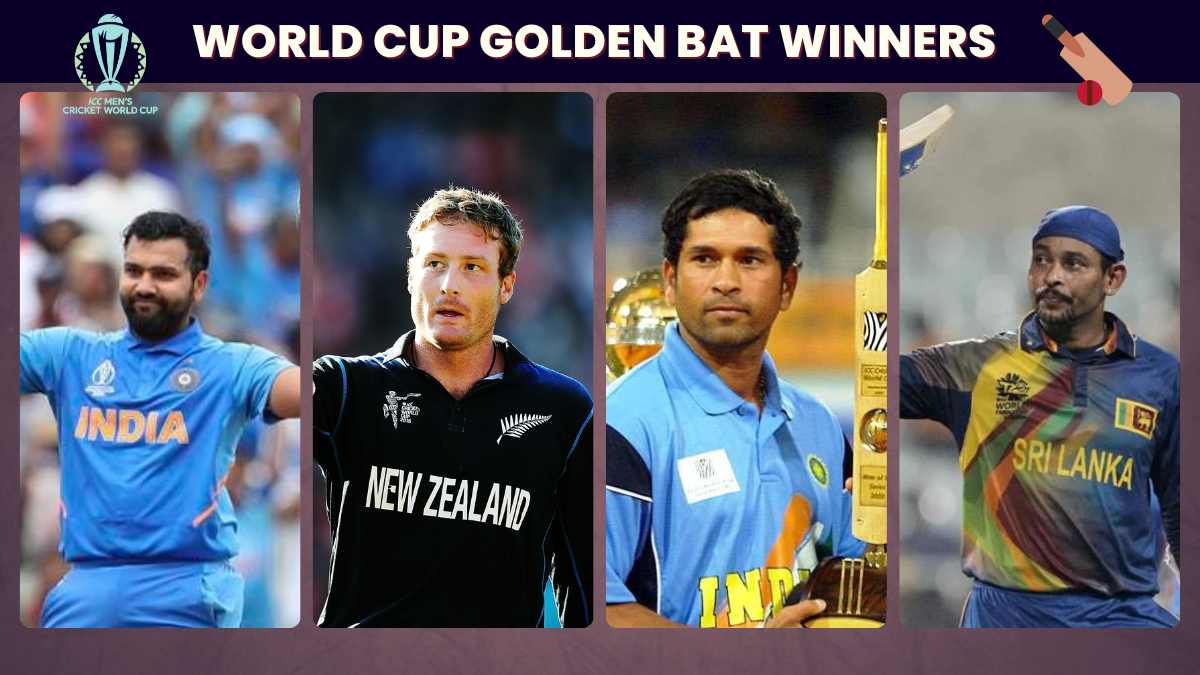Midwicket, a term imbued with enigmatic connotations, occupies a unique position within the realm of cricket. Situated between square leg and mid-on, this fielding position assumes multifaceted roles in both defensive and offensive strategies.
Its strategic signif icance lies in its ability to intercept shots aimed towards the leg side while also providing cover for the batsman‘s potential vulnerabilities.
By delving into the intricacies of midwicket’s functions and its impact on the game, this article aims to unravel the mysteries surrounding this pivotal aspect of cricket.
- Midwicket is a fielding position situated between square leg and mid-on in cricket.
- The primary role of the midwicket fielder is to prevent runs from being scored through shots played towards the leg side.
- Placing a competent fielder at midwicket can disrupt a batsman's scoring opportunities and restrict the scoring rate effectively.
- Midwicket serves as a primary target for batsmen looking to hit boundaries in the leg-side region and facilitates quick singles and doubles.
Field Position and Role of Midwicket
Midwicket is a fielding position in cricket that is situated on the leg side, between square leg and mid-on. Its role is crucial in terms of field placement and strategy.
The positioning of midwicket allows for effective coverage of the leg side, providing support to both the bowler and other fielders. This position is typically occupied by an agile player who possesses good reflexes and quickness in movement.
The primary role of the midwicket fielder is to prevent runs from being scored through shots played towards the leg side.
This includes cutting off singles or twos by quickly retrieving the ball and returning it to either the wicket-keeper or another fielder.
Additionally, when a batsman attempts to hit the ball towards midwicket, this fielder must be prepared to take catches or make diving stops to prevent boundaries.
Strategically, placing a competent fielder at midwicket can disrupt a batsman’s scoring opportunities. By limiting their ability to play shots confidently towards this area, bowlers can induce false strokes or force them into taking risks which may lead to wickets.
The strategic importance of midwicket in cricket lies in its ability to restrict scoring options for batsmen while also offering support in catching or stopping balls hit towards that region.
This makes it an integral part of any well-planned fielding setup and contributes significantly to defensive strategies employed by teams during matches.
Strategic Importance of Midwicket in Cricket
The area between the square leg and mid-on positions on a cricket field plays a crucial role in the game due to its strategic positioning and potential for both defensive and attacking play.
Known as midwicket, this position offers tactical advantages to teams, allowing them to control the flow of the game by capitalizing on its importance of positioning.
The table below highlights some key aspects that make midwicket a vital position in cricket:
| Tactical Advantages | Importance of Positioning | Defensive Play | Attacking Play |
|---|---|---|---|
| Acts as a catching position for shots played towards square leg or mid-on. | Provides support to bowlers by covering gaps in the field. | Stops boundaries through diving stops or intercepting balls hit towards mid-on. | Creates opportunities for run-outs with quick throws from deep square leg region. |
| Allows teams to set up aggressive field placements against batsmen who favor shots towards square leg or mid-on. | Enables players to cut off singles and restrict scoring rate by patrolling this area effectively. | Can take sharp catches near the boundary line when positioned closer towards deep square leg region. | Sets up attacking fielders at short midwicket, forcing batsmen into mistimed shots or risky strokes. |
Having understood the strategic importance of midwicket in cricket, it becomes evident that this position has a significant impact on the game’s dynamics.
From controlling opposition runs through effective defensive play to creating wicket-taking chances with aggressive field settings, midwicket contributes strongly to team strategies without explicitly being highlighted step-by-step.
Impact of Midwicket on the Game
One cannot underestimate the influence of this position on the overall dynamics of the game. Midwicket, a fielding position in cricket, plays a crucial role in shaping team dynamics and batting strategies.
- Midwicket’s strategic positioning allows for effective field placements that can disrupt the opponent’s batting plans. It acts as a defensive anchor, preventing easy runs through its proximity to both the square leg and mid-on positions.
- The presence of midwicket influences bowling tactics by encouraging bowlers to aim at off-stump or outside off to induce edges towards this area.
- In terms of batting strategies, midwicket serves as a primary target for batsmen looking to hit boundaries in the leg-side region. The placement of aggressive hitters at this position can intimidate bowlers and create scoring opportunities.
- Moreover, midwicket’s role is not limited to just boundary-hitting; it also facilitates quick singles and doubles.
Understanding the impact of midwicket on team dynamics and batting strategies is essential for both players and coaches.
Exploring the mysteries of midwicket further reveals its significance within cricket strategy and enhances overall gameplay without missing any critical aspects.
Exploring the Mysteries of Midwicket
Exploring the role of this fielding position brings to light its strategic significance and impact on the game dynamics. Midwicket, located between square leg and mid-on, plays a crucial role in both batting and fielding tactics.
In terms of batting, midwicket is an area where batsmen can score runs by hitting the ball towards vacant spaces. On the other hand, from a fielding perspective, midwicket has various techniques that can be employed to maximize effectiveness.
In order to understand midwicket tactics better, let’s explore some common midwicket fielding techniques:
| Technique | Description |
|---|---|
| Presence & Awareness | The fielder needs to have good anticipation skills and be aware of the game. |
| Quick Reflexes | Midwicket requires quick reactions as they are often close to the action. |
| Agile Movement | Fielders need to move swiftly between different positions within midwicket. |
| Communication | Effective communication with nearby players is vital for coordination. |
| Diving & Catching Skills | Midwicket involves diving catches due to balls being hit at a fast pace |
Final Over: The Midwicket Denouement
In conclusion, midwicket is a crucial fielding position in cricket that plays a strategic role in the game. It is situated on the leg side between square leg and mid-on.
Midwicket has the responsibility of stopping runs and taking catches when batsmen play shots towards this area. Its placement allows for close-in catching opportunities as well as covering the gaps in the inner ring.
With its impact on the game, midwicket remains a mystery that continues to intrigue cricket enthusiasts worldwide. What makes midwicket such an enigmatic position?
Frequently Asked Questions: Midwicket
How is the midwicket position different from other fielding positions in cricket?
The midwicket position in cricket requires effective communication between fielders due to its strategic location. Fielders in this region employ various techniques such as quick reflexes, agility, and anticipation to successfully field the ball and prevent runs.
What are the specific responsibilities of a player positioned at midwicket?
The player positioned at midwicket in cricket has specific responsibilities, including employing various fielding techniques such as catching and stopping the ball. Communication is crucial at this position to ensure effective coordination with teammates and prevent scoring opportunities for the opposing team.
What are some common strategies used by teams to attack or defend the midwicket region?
Effective batting techniques in the midwicket region involve using footwork, balance, and shot selection to exploit gaps and score runs. To counter aggressive midwicket fielding tactics, teams employ strategies such as rotating strike, using deceptive shots, or targeting other areas of the field.
How does the presence of a skilled midwicket player impact the overall performance of a team?
The presence of a skilled midwicket player significantly impacts a team's overall performance. The midwicket position plays a crucial role in cricket strategy, providing a strong defensive and attacking option in the field.
Are there any famous cricket matches or moments that have been influenced by the actions of a midwicket fielder?
In cricket, the presence of a skilled midwicket fielder can significantly impact team dynamics by providing a strategic defensive position. Famous moments influenced by midwicket fielding include stunning catches, run-outs, and crucial wickets.


